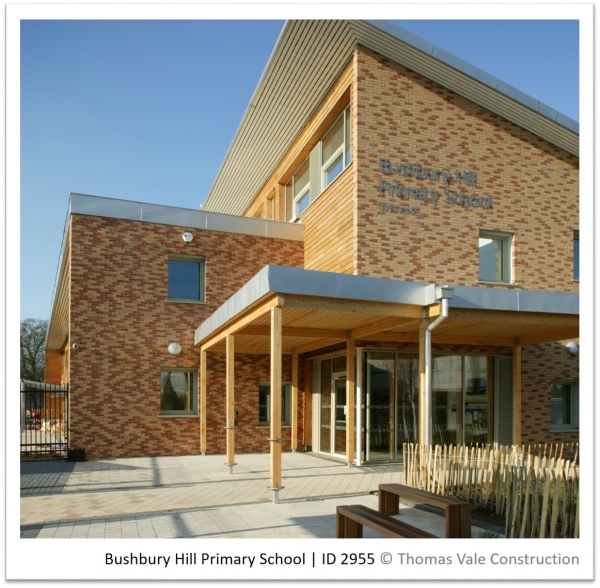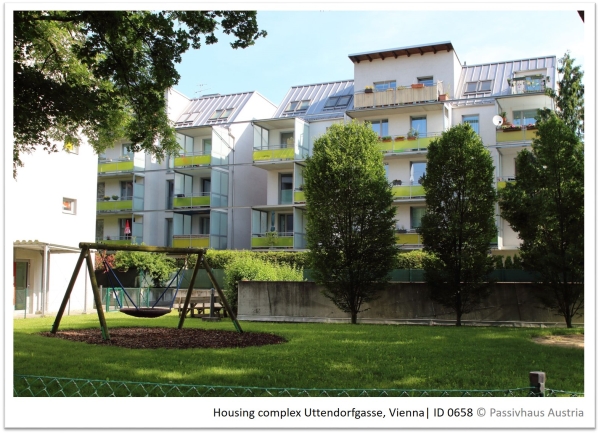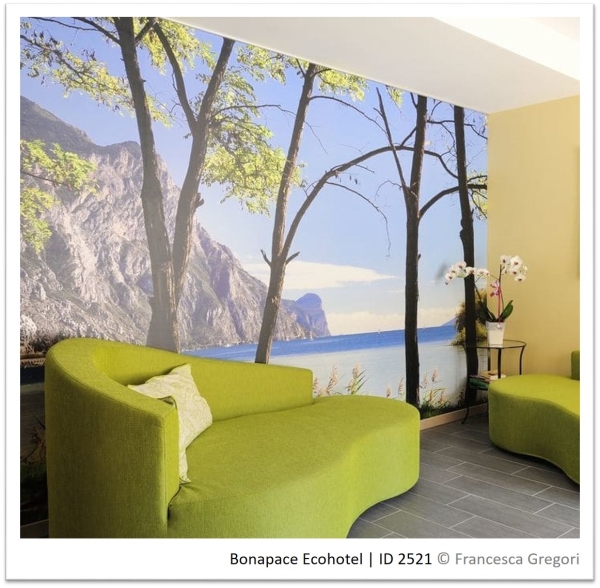2. Cost optimal & so much more!
| Site: | Passive House Online Training | Passive House Institute |
| Course: | Passive House for Decision makers |
| Book: | 2. Cost optimal & so much more! |
| Printed by: | Guest user |
| Date: | Wednesday, 5 November 2025, 11:53 PM |
1 - Video presentation
TRANSCRIPT
Do you want to both fight climate change and make a wise investment? Then try out a Passive House building as it is a cost-effective option for Nearly Zero Energy Buildings.
Instead of throwing your money away, invest it in a high quality building envelope and efficient building services. It is especially worth it in times of high price inflation and low interest rates! No matter the investment costs, Passive Houses are cost-optimal over their long life cycle. You will also benefit from their very low operation and maintenance costs, as new renting tariffs including space heating and cooling are now available. In addition, you will remain largely unaffected by energy price fluctuations! What is more, Passive House buildings are also quicker to sell and rent, and their tenants are happy with their new quality of life. Costs due to unrented properties and tenant changes are thus lower.
Now do you wonder why tenants enjoy living in Passive Houses? Well, they don‘t need to open their windows to get fresh air. They can just relax and rely on the ventilation unit. Thanks to the high quality envelope, they also enjoy pleasant temperatures all year round. Moreover, mould growth and condensation are very unusual in Passive Houses!
In addition, Passive House buildings fulfill their promises over time! Over the past two decades, the first Passive House built in Germany has been consuming on average, 7 times less than a conventional low energy building. After 25 years of operation the ventilation ducts still look new thanks to the ventilation filters. The building envelope is also intact. Only some window seals needed replacement, which is normal and easily done.
Last but not least, Passive House buildings are sustainable. They usually require some insulation, but the energy saved over their life cycle will always be much higher than the embodied energy of insulation, no matter the material. What is more a lower energy demand means lower CO2 emissions. It also makes a 100% renewable supply possible, be it with wind, solar or hydroelectricity. But couldn’t we just balance a higher energy demand with more renewable energy? Not really, because energy isn‘t always available when we need it the most. And what about space, especially in the cities? What about cost, storage capacity and aesthetical integration in the landscape? Thus it is better to go for energy efficiency first and then cover the remaining demand with renewable energy. That is also how PH buildings can fulfill all NZEB requirements!
In the end, it is all about the experience. So come and have a look at some Passive House buildings during the Passive House Open days to fully appreciate their benefits!
TO REMEMBER
- Advantages of Passive House buildings
- Cost-optimal over life cycle
- Less tenant turnover
- Top quality living standard
- Long-lasting
- Sustainable - International Passive House Days
2 - Further material
Passive House + Renewables = NZEB!
According to the Energy Performance of Buildings Directive, all new buildings should be highly energy-efficient, cost-optimal and mostly supplied with renewable energy from 2021. As we have just seen, the Passive House fulfills all these requirement. Besides, it is a proven concept which ensures long-lasting buildings with reliable performance. The components required for such high-quality buildings are already available. In addition to that, Passive House buildings are easy to use and need low maintenance, thanks to their simplified technical services.
For more information, check out the European project PassREg. It aims to trigger the successful implementation of NZEBs by using Passive Houses supplied with as much renewable energies as possible. This PassREg online brochure highlights the successes of the PassREg regions and lists 10 reasons why the Passive House Standard is an ideal basis for NZEB. To learn more about the findings of the frontrunner regions, you are also welcome to have a look at the wiki PassREg – Solutions Open Source.
Financial study of Passive House buildings
Investment costs are usually higher for energy-efficient buildings, but some bigger projects were already built without any additional investment costs. Some were even cheaper than the usual construction costs, like this Passive House student accommodation in Vienna, Austria. Investment costs depend on each project, its size and design. They also depend on the location, mainly due to product and knowledge availability. It is also much easier to reach the standard in warm climates.
To accurately compare the energy demand of a Passive House with the one of a conventional building, it is important to enter both alternatives in the PHPP and select the same conditions. This means you need to base your simulations on the same reference surface, temperature and climate. You should take the additional and reduced investment costs into account, as well as the additional and reduced expenses over the years. And don’t forget the residual value of long-lasting components.
Enhanced user experience
Passive Houses don't require a whole user manual to operate. Benefits like pleasant temperatures, no draughts, and fresh air all around the clock result from the very design of Passive Houses - all this without complicated technology!
What is more, the Passive House concept can be adapted to user's behaviour and your project's context - you may opt for a different summer strategy depending on whether you are living in a noisy city or in a quiet village. To sum it up, like the investors and owners of the Bonapace Hotel in Italy would say:
“Our greatest satisfaction in having built a Passive House hotel comes from our customers’ smile – happy to have had the chance to stay in a building that cares for those who inhabit it. Now that is pure energy!” K. Arrigo Jacobitti & E. Marinelli
Check out more user feedback about living in a Passive House on Passipedia and our Tips and Tricks for Passive House residents.


